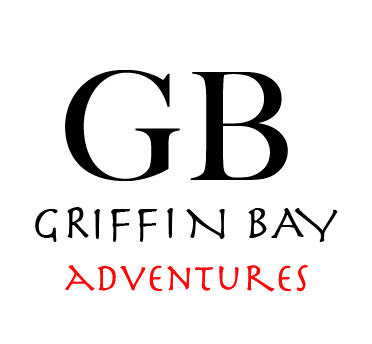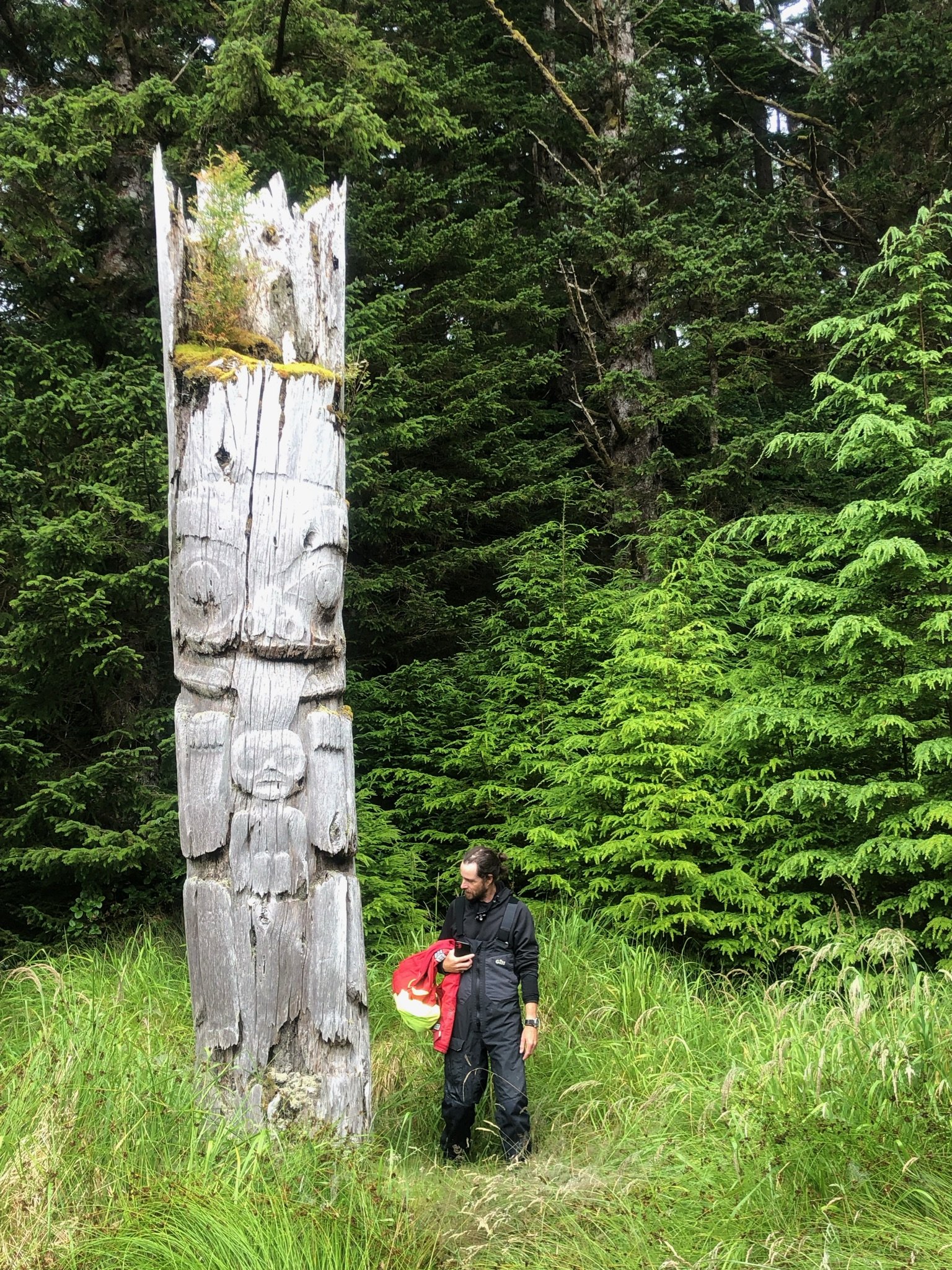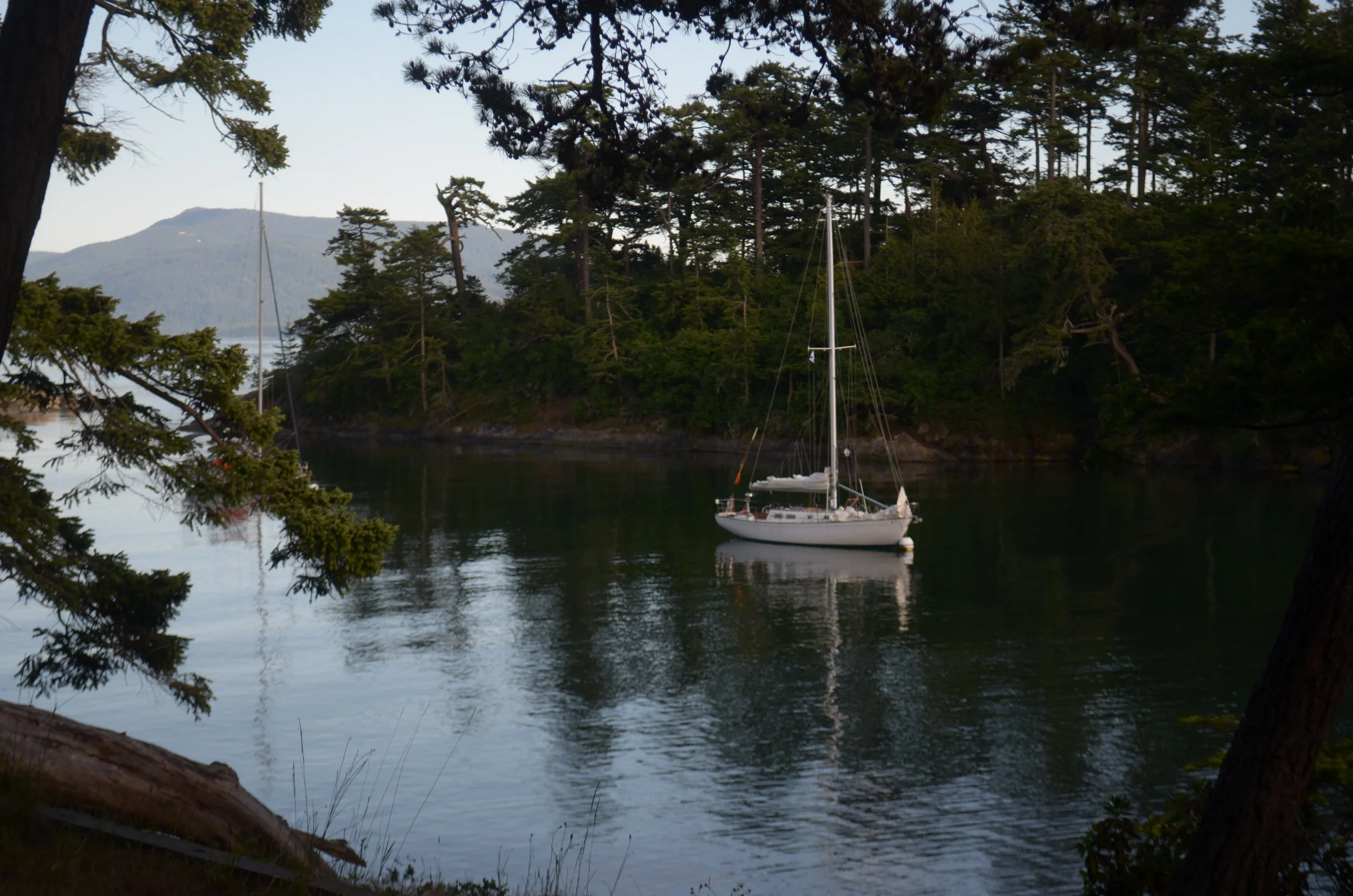Offshore gear list
1-Head lamp (it will need to have a red light and this light needs to be able to turn on and off without the white light options because it will harm everyones night vision otherwise)
2-PFD with a light attached
3-A tether perhaps two. This is so you can relieve one tether and still remain attached to the boat. (if we are doing an inshore 106 it won't be necessary)
4-Notebook. Small "write in the rain" books are good
5- Foul weather gear (even in the summer offshore sailing in the NW gets cold
6- Sea boots (high top)
7-Mid layer and bottom layers made from material that can dry quickly ("cotton kills")
8-Cold weather and warm weather hats
9-Ear plugs (extras) these are for sleeping. When the boat is underway the engine and sheets can be noisy and when moored shipmates often snore
10-Gloves for cold weather and warm
11-Personal power pack to charge personal devices so save ships power for comms and navigation)
12- Small bag; butt pack or other to keep personal Safety equipment ready at hand
13-Non slip footwear (sailing shoes have "siping" on the bottom which creates good traction on slippery wet boat surfaces
14-Personal towel (small tech cloth one is fine)
15- Seasickness medication (even if you have never been sick before having something available is highly recommended)
16-Navionics (this is a very powerful application you can get on your phone. It is invaluable afloat and not expensive.
17-If you wear glasses you should bring back ups, sunglasses too should have back ups
18-Watch: one with an alarm is good
19-sunblock or "buff" for tropical sun and blocking out light when sleeping in the day
10-Good sea bag: a dry bag is great. Ideally you want something you can through into a dinghy. I would also add that I have had many occasions where even a small dry bag for essentials has saved the day
11- Sleeping bag (if you don't have a dry bag for a sea bag at least have a dry bag for your sleeping bag.


























